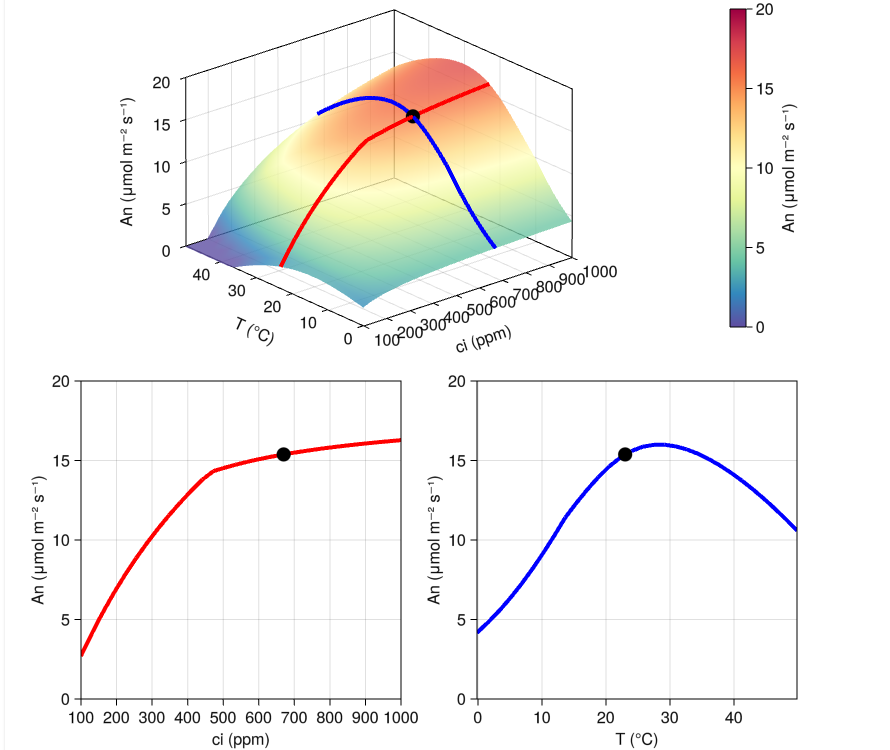by Alexandre A. Renchon, Katherine Deck, Renato Braghiere:
In the realm of scientific advancement, enhancing Earth System Models (ESMs) stands out as a paramount objective. Presently, however, these models remain enigmatic enclaves for many researchers, akin to inscrutable black boxes. The labyrinthine nature of ESMs, coupled with their high computational demands, usage of esoteric programming languages, and the absence of lucid documentation and user interfaces, contribute to this opacity.
To surmount these obstacles, CliMA is creating a new era of accessible ESM features for the global scientific community:
- Modernized Programming: Departing from convention, CliMA adopts a contemporary programming language, Julia. This strategic choice facilitates a more seamless and intuitive engagement with the model’s underlying mechanics.
- Modular Architecture: Each distinct component within CliMA can operate autonomously as a standalone model or seamlessly integrate into a more expansive model, thereby enabling intricate feedback mechanisms and allowing the building of multiple model configurations, with pieces fitting together like in a jigsaw puzzle.
- Decipherable Complexity: CliMA is unraveling complexity by partitioning the intricate framework into discrete, comprehensible units, which are extensively tested and validated independently before being joined. Moreover, the accompanying web-based documentation explains each element, elucidating diagnostic and prognostic equations. These explanations encompass vital attributes such as parameters, constants, scientific units, and typical ranges. To further enhance clarity, dynamic interactive visualizations illustrate the sensitivity of outcomes to various parameters, fostering an enhanced grasp of the model’s behavior (github.com/CliMA/ParamViz.jl, Figure 1). Additionally, the model’s ability to reproduce and ingest empirical observations is receiving the attention it deserves.
- User-Friendly Application: CliMA is propelling accessibility to greater heights through user-oriented web applications. For example, we are currently prototyping platforms that will allow users to execute the land model across myriad FLUXNET sites. By enabling users to adjust parameters, domain specifications, and timestepper settings, the application caters to individual research needs. Upon configuration, a simple “run” command precipitates the generation of insightful data-versus-model output visuals. Furthermore, the application enables users to download resulting output files, encapsulating the synergy of user-friendliness and substantive scientific output.
In essence, CliMA is shifting the paradigm of Earth System Modeling from exclusivity to inclusivity. By embracing contemporary programming, modular design, pedagogically enriched documentation, and user-centric applications, CliMA transcends the barriers that have historically inhibited progress in this domain.
Figure 1. An example of web interactive visualization of parameterisation embedded in ClimaLSM.jl GitHub documentation. Here, showing the Farquhar leaf photosynthesis model responses to temperature and intra-cellular CO2 concentration and its sensitivity to parameters.

